In Bourges the Palais Jacques Coeur is a 15th century mansion that marked a turning point in the history of architecture. Built by the rich merchant Jacques Coeur, it will never be inhabited by its owner, who fell into disgrace a few years before the end of the construction.
To visit the Palais Jacques Coeur is to meet this illustrious figure, the silversmith of King Charles VII, whose life was as exciting as it was fantastic. It is also to travel back in time by discovering a rich residence of the Middle Ages…
Jacques Coeur: from a resounding success to disgrace
A dazzling social ascent
Jacques Coeur was born in Bourges at the end of the 14th century. Son of a fur merchant he was introduced to trade and business at a very young age. Very gifted, he quickly moved towards international trade and created a vast merchant network: he became the owner of a fleet of a dozen ships that criss-crossed the Mediterranean and offered him a dazzling social ascension.
At the beginning of the 15th century the Kingdom of France was going through a difficult period: following the defeat of Azincourt, a large part of the Kingdom was taken by the English which pushed the Dauphin, the future Charles VII, to leave Paris to take refuge in Berry and especially in Bourges, which contributed to the development of local trade.
Around 1420, Jacques Coeur married Macée de Léodepart, granddaughter of a master of the coins of Bourges which allows him to be introduced in the court of Charles VII. He is then entrusted with several posts of importance until he is named silversmith of the Kingdom, that is to say that he was in charge of the management of the king’s finances. Thanks to his new function, Jacques Coeur raises new taxes and gives Charles VII the means to deliver France from the English yoke.
As a fine economist, Jacques Coeur relied on statistics to establish taxes, evaluate and better manage the resources of the Kingdom so that in 1441 Charles VII granted him letters of ennoblement as a reward. Having become a nobleman, Jacques Coeur took the scallop shell and the Heart as his emblem, with the motto “A vaillans cuers rien rien impossible” (To a valiant heart nothing is impossible). The following years are sumptuous: Jacques Coeur has the confidence of the king, is entrusted with many missions and continues to grow rich so that in 1447 when the king decides to reconquer Normandy, Jacques Coeur brings him a substantial financial aid.
Arrest and disgrace
Jacques Coeur is also close to Agnès Sorel, the king’s favorite who buys many fabrics from him. This friendship favors the trade of Jacques Coeur but also protects him by giving him a very special place in the Court. When she dies in 1450 (perhaps from poisoning) Jacques Coeur, who was appointed as her executor, is accused of the murder. Although exonerated, he is nevertheless very envied: his great fortune attracts many enemies, including his many debtors. Accused of embezzlement and henceforth deprived of the protection of Agnès Sorel, he is arrested in 1451 for the crime of lèse-majesté.
His arrest brought happiness to his many debtors who saw their debts erased and many sought to make him guilty. The trial was clearly against him: witnesses in his favor were removed and he was deprived of the means to prove his actions. Convicted of misappropriation (making illicit profits while performing his duties), his property is seized and he is sentenced to death, a sentence that is transformed into a life ban for services rendered to the Crown.
Imprisoned until the payment of a fine, he manages to escape in 1454 and joins Pope Nicholas V in Rome who has befriended him since their meeting in 1447 during a diplomatic trip. Jacques Coeur then prepares an expedition for the Pope on the island of Chios threatened by the Ottomans during which he dies in 1456.
Visit of the Jacques Coeur Palace
After being ennobled, Jacques Coeur had a house built to match his new rank, a house that he wished, in his own words, to be “beautiful, great and magnificent”. At the time we were not yet talking about a palace but rather a “great home” consisting of 8 staircases and 43 rooms over 4,000 m². The construction began in 1443 and was completed around 1454 so that Jacques Coeur, who was arrested in 1451, could not enjoy it.
However the footprint of its owner is visible everywhere. On the facade, Jacques Coeur is represented with his wife. It is assumed that originally, both of them were facing the cornice that was supposed to house a sculpture of Charles VII to show that they were close to the King. After the episode of disgrace, the statue of the king disappeared and the couple’s portraits were exchanged to turn their backs on the king. On many walls we can also see hearts, scallops and the motto “A vaillans cuers riens impossible”, symbols of the master of the place.
This vast residence was admired by his contemporaries. It is based on the model of the castle of Duke Jean de Berry of Mehun-sur-Yèvre but behind the fortifications of the facade it integrates a lot of comfort. It thus marks a turning point in the history of architecture, taking up again the characteristics of a medieval castle with a dwelling and a châtelet at the entrance completed with galleries to connect the two and a low courtyard below. However, it is pierced by numerous windows letting in a lot of light, which was unusual for the time.
Inside there is no lack of signs of wealth and comfort: in the feast room, which served as a reception hall, a loggia was used to accommodate musicians. Just next door, the kitchen was equipped with cupboards for spices and food. It communicated with a wine cellar and with the feast room via a hatch. The size of the house meant that 120 people were needed to take care of the place!
Contrary to what is often thought, hygiene was very important in the Middle Ages. Jacques Coeur had a private well built which allowed him to have access to water; latrines 17 meters deep, as well as ovens whose spirit goes back to Roman times. Heated by the ground via an oven located underneath these ovens functioned like a hammam.
One must also imagine this house richly decorated and especially painted, unfortunately almost all the paintings have now disappeared. The chapel is the only room that has retained its original ceiling, making it one of the most majestic rooms in the house.
Here and there however there are still many clues to the decorative richness of the house, such as this carved fireplace that could be restored, this 15th century stained glass window representing a galley (merchant ship) echoing the activity of Jacques Coeur, or this other fireplace where one can see Jacques Coeur playing chess with his wife “chessing the king”, a representation that may be anodyne but that will be much talked about in its time and that some will see as a sign of Jacques Coeur’s misappropriations.
What became of the Palace after the arrest of Jacques Cœur?
In 1451 when Jacques Coeur was arrested, the house was confiscated by King Charles VII who was jealous of it. In the absence of a buyer, it was finally returned to the family in 1457. In 1501, Jacques Coeur’s grandson sold it and the house passed from hand to hand for almost two centuries until it became the property of Jean-Baptiste Colbert in 1679 who sold it to the city of Bourges three years later.
The town installed its administrative buildings there, first making it its town hall before transforming it into a courthouse in 1820. It is from this time that the house takes the name of Palace.
Unfortunately, the new life of the Palace led to many mutilations: some rooms were transformed to accommodate courtrooms, the chapel was divided, sculptures and chimneys were destroyed… The renaissance of the Palais Jacques Cœur began in 1840 when it was listed as a historical monument and the first restoration campaigns began. In 1923, the State bought the Palace, which has since been entrusted to the Centre des Monuments Nationaux which manages it.
Photo gallery: details of the Palace’s architecture
One could spend hours contemplating the Palais Jacques Coeur: its architecture is embellished with numerous sculptures of remarkable finesse. Here are zooms in on some of these sculptures to give you an idea of what they look like.
Useful informations
Location:
10 bis Jacques Coeur street
18000 Bourges
France
Opening hours:
Schedules vary according to the season, consult the monument’s website.
Website:
http://www.palais-jacques-coeur.fr/
Admission:
8 €
Free for under 26s, jobseekers and people with disabilities
Thanks a lot to Thomas Bauduin for his welcome and for the exciting visit!
Article realized in collaboration with Berry Province.

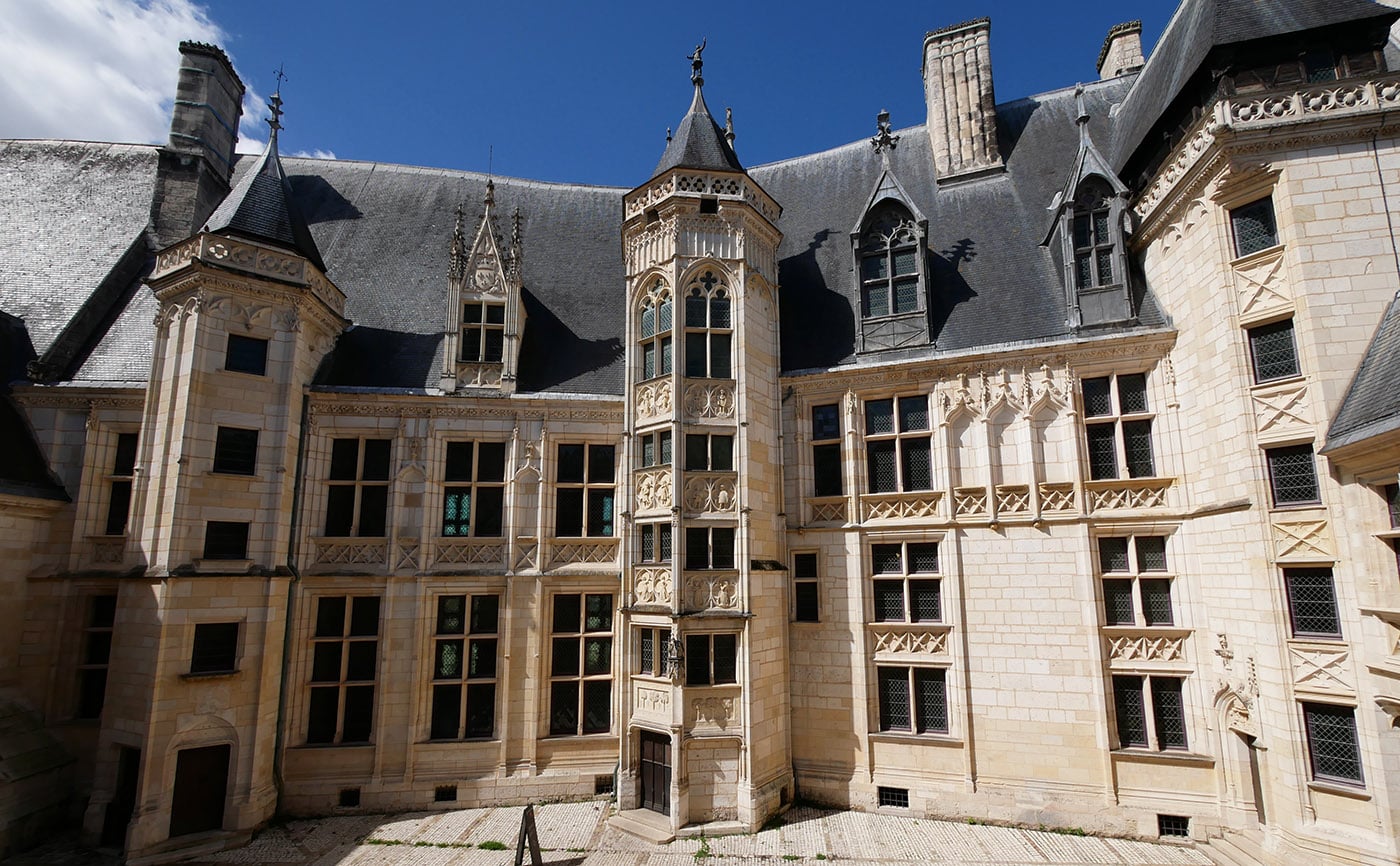

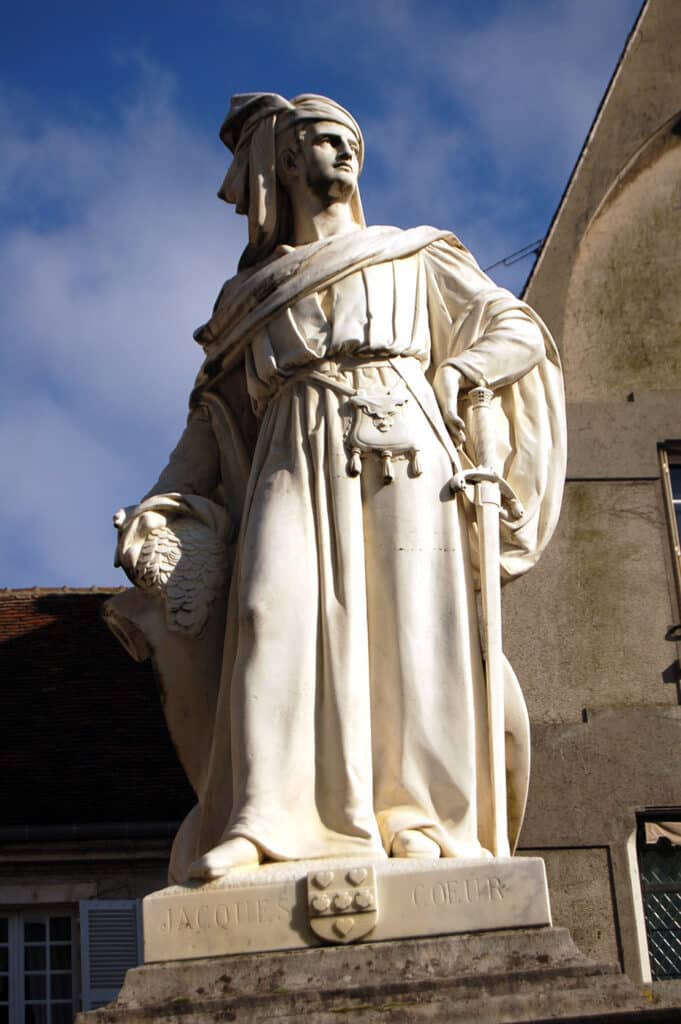
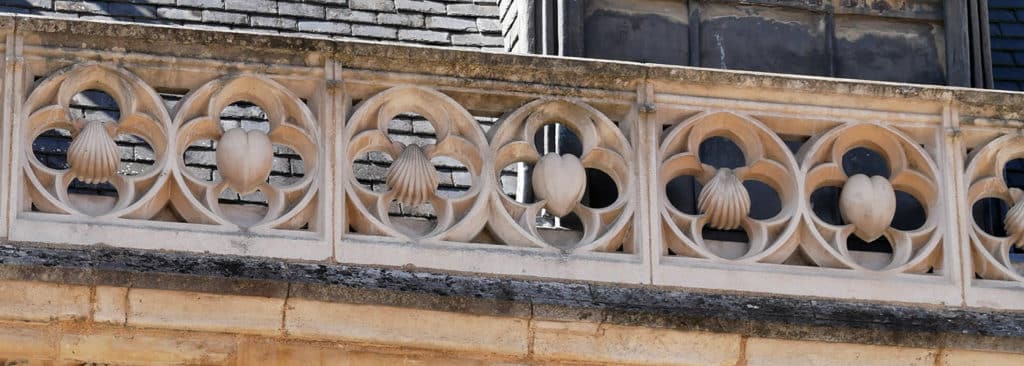

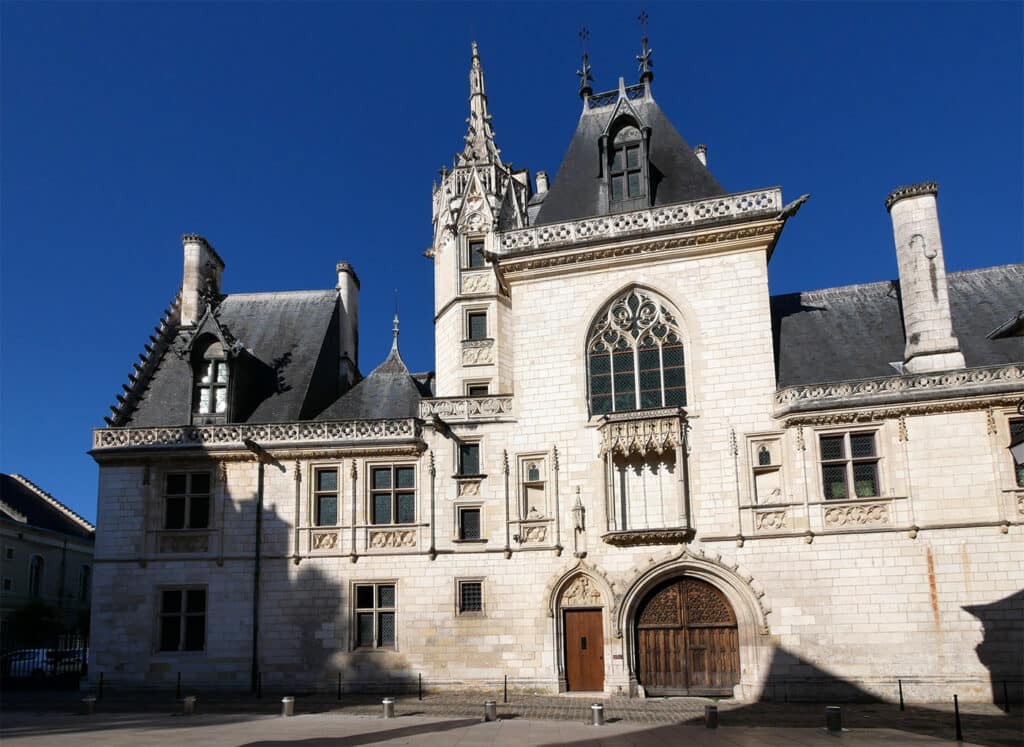
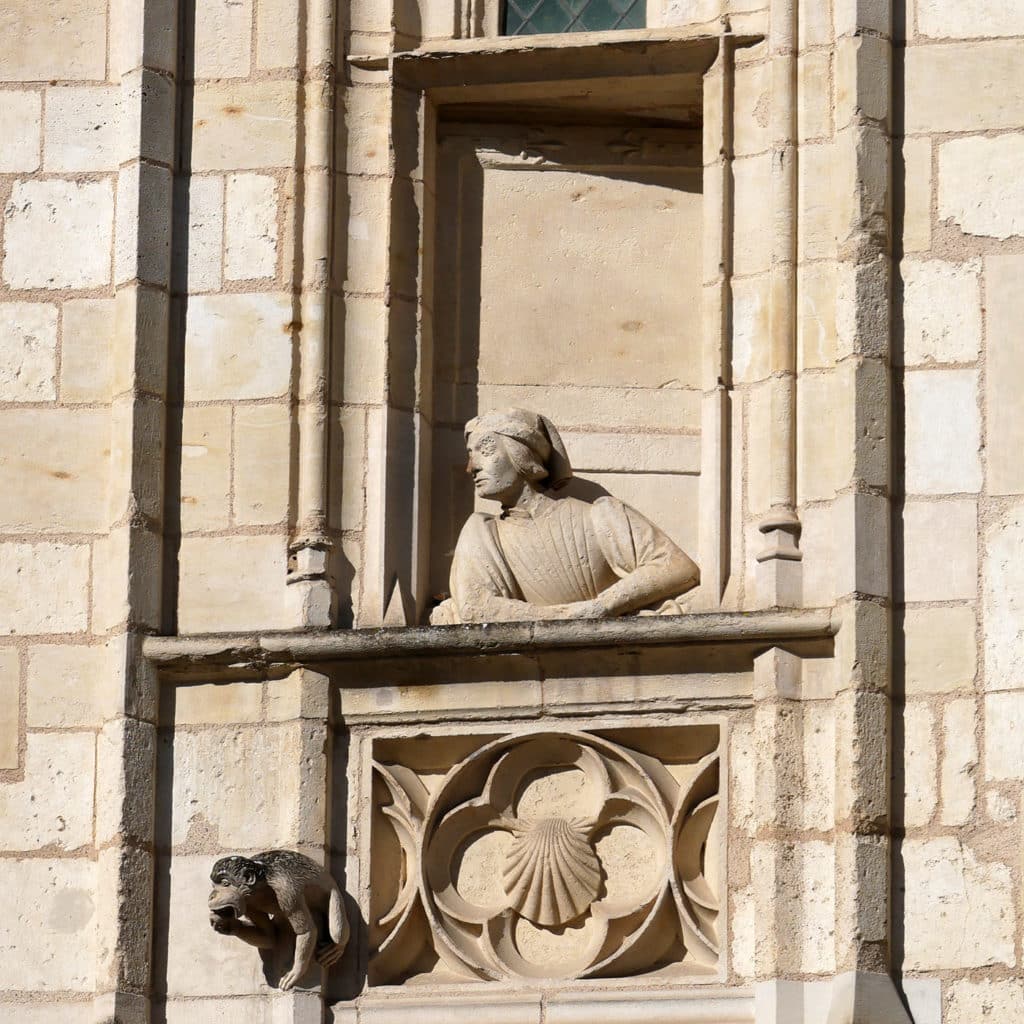
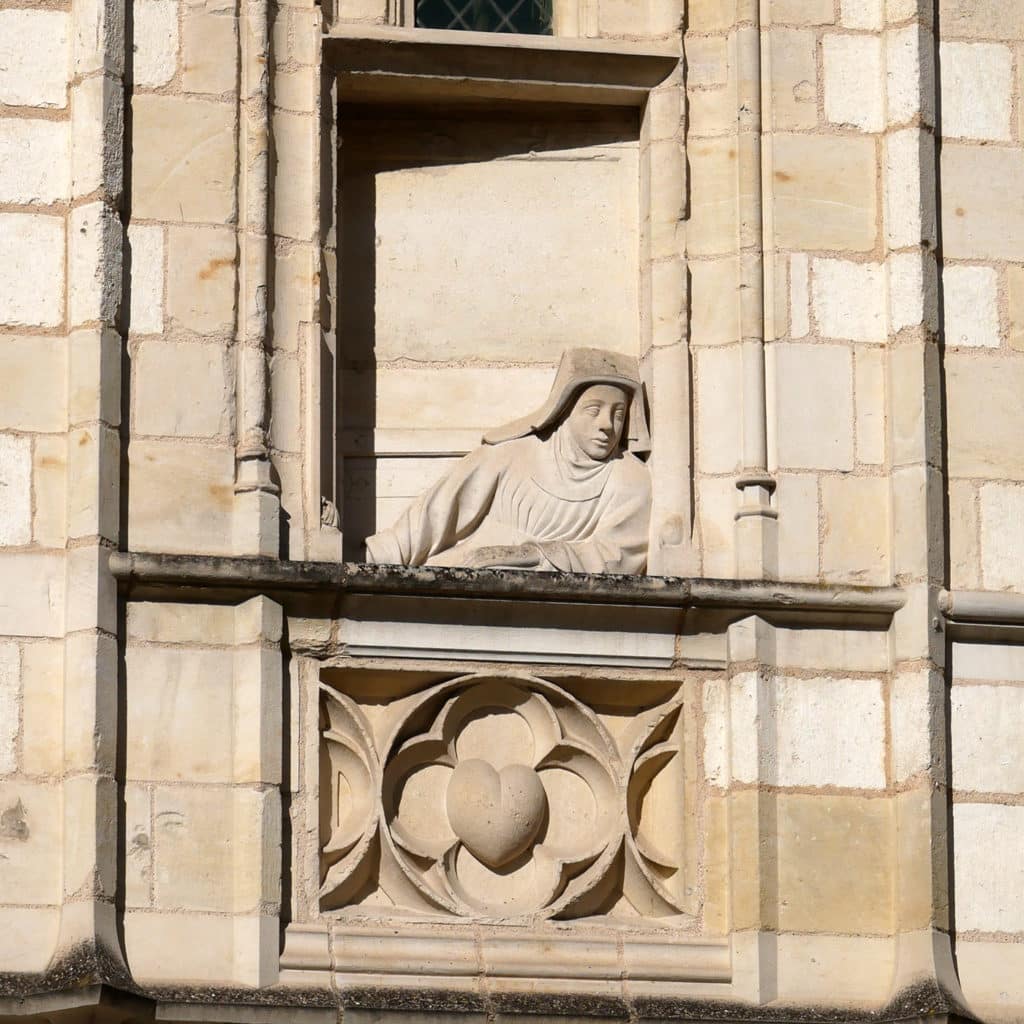
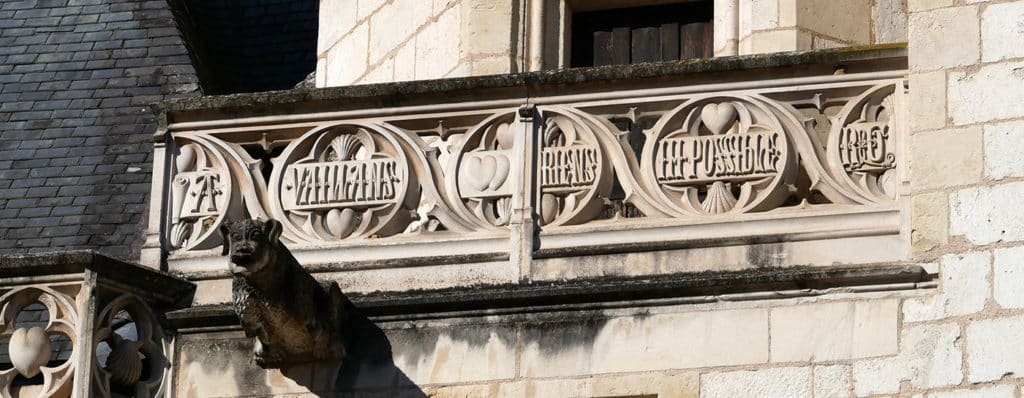
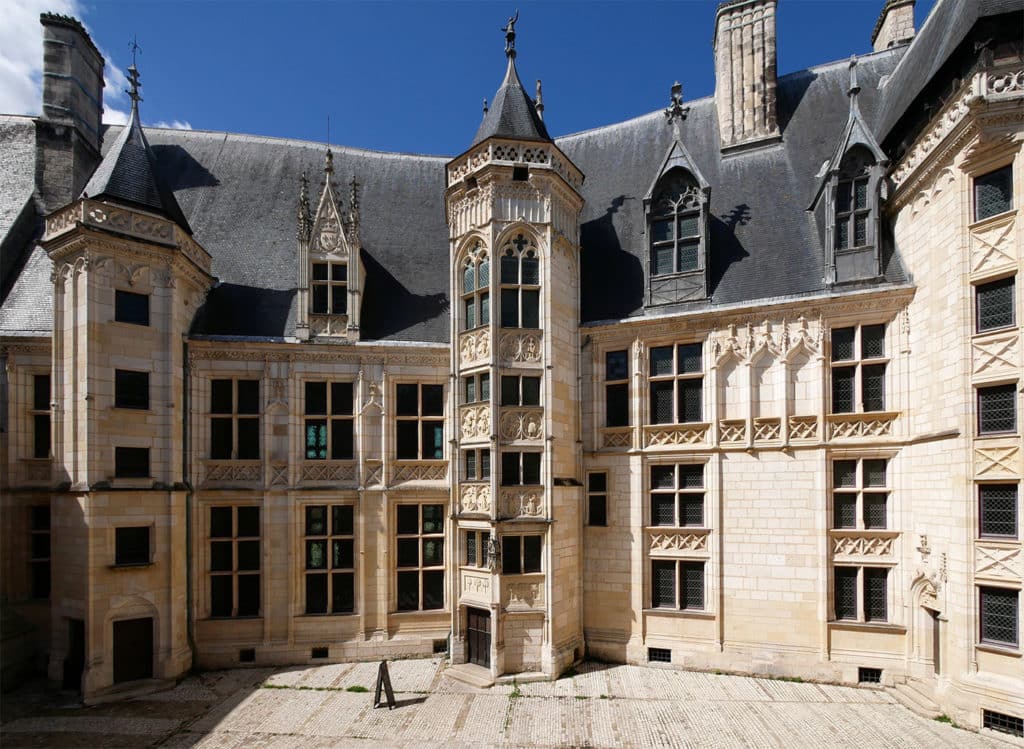
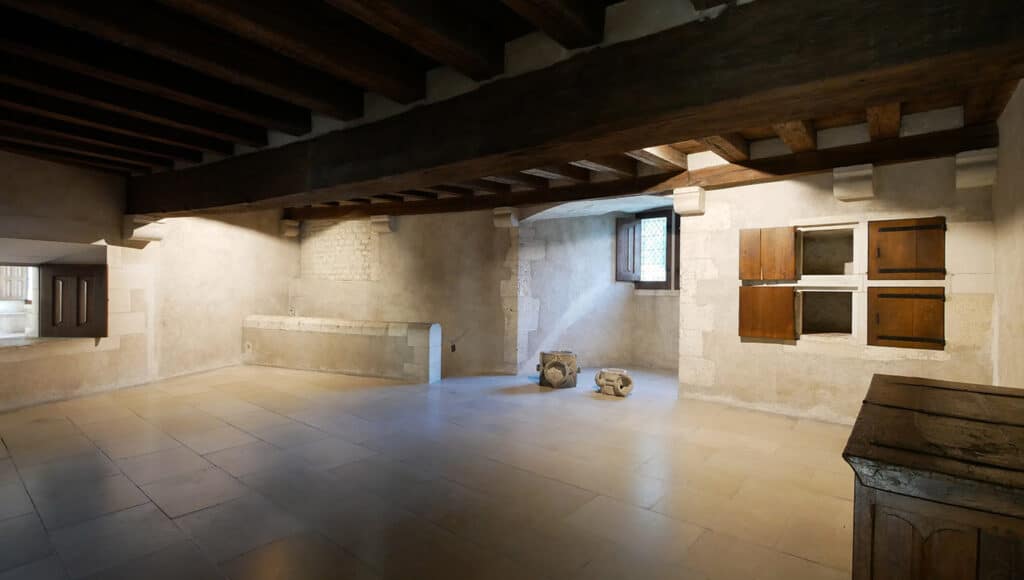
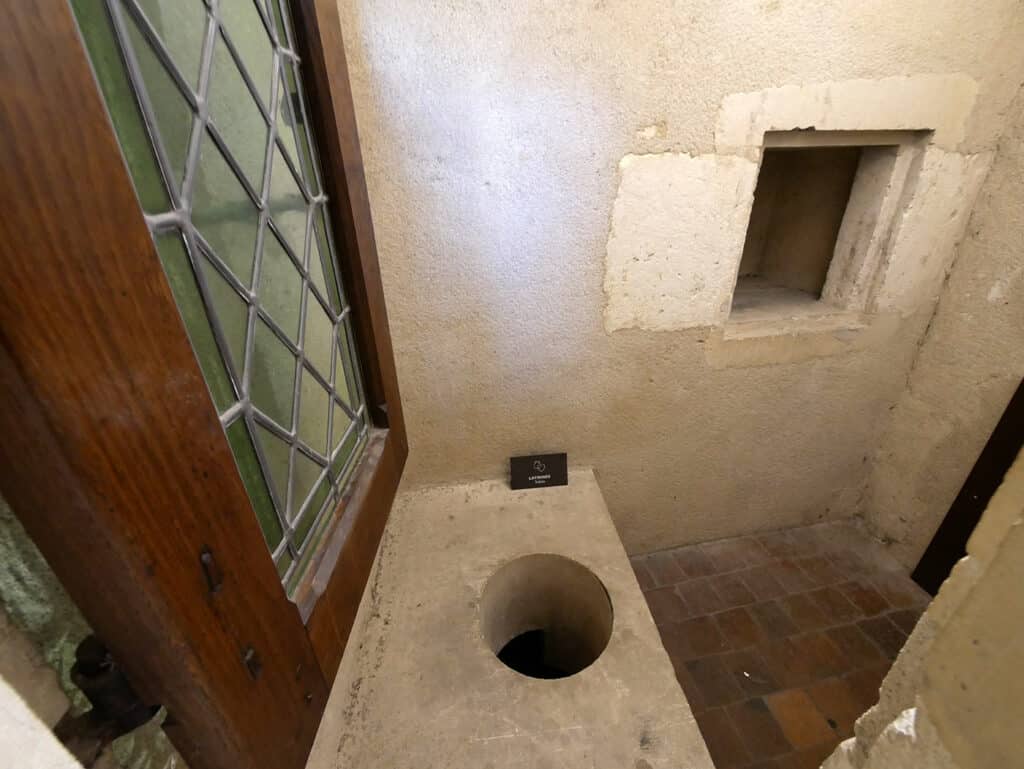
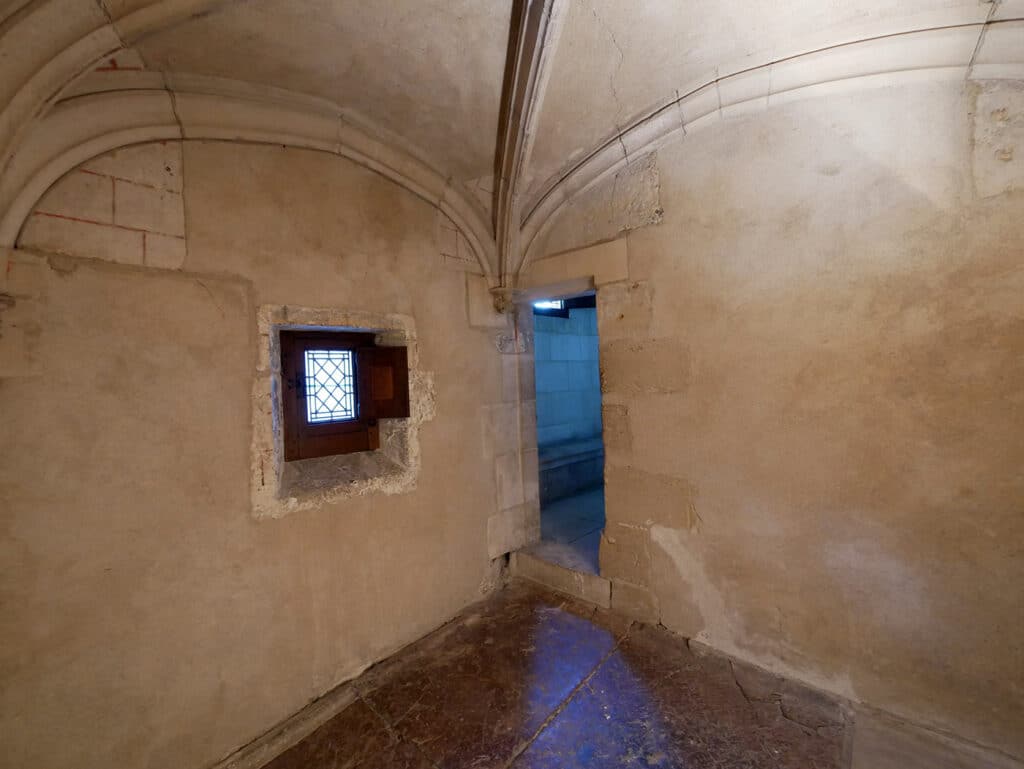
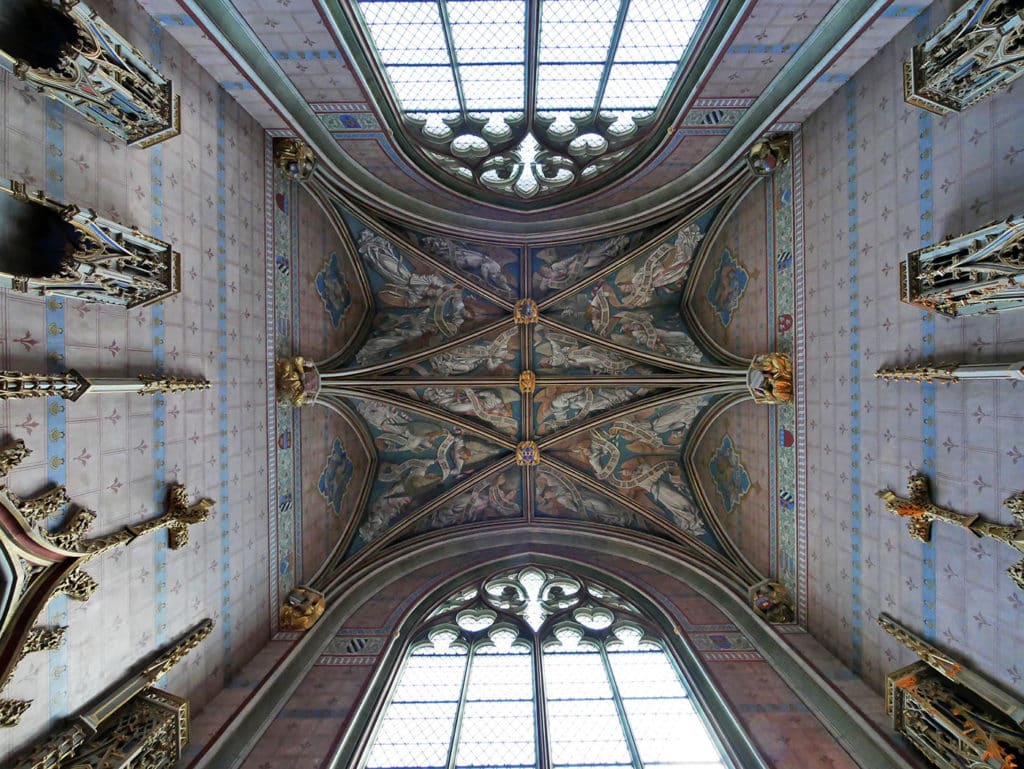
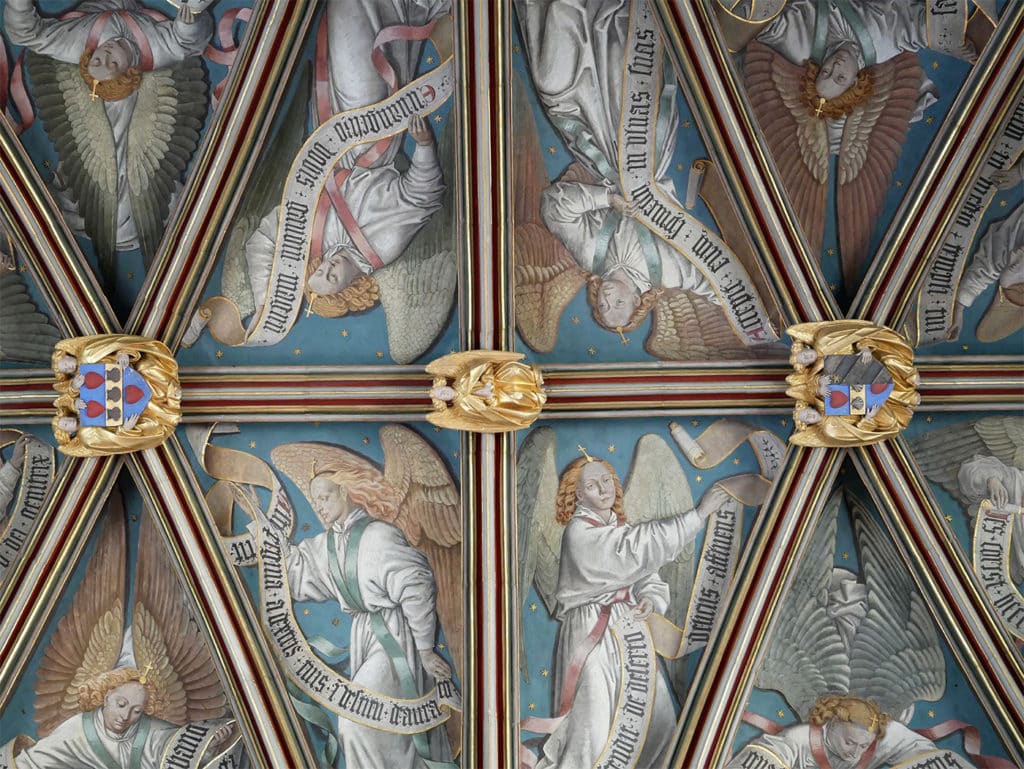
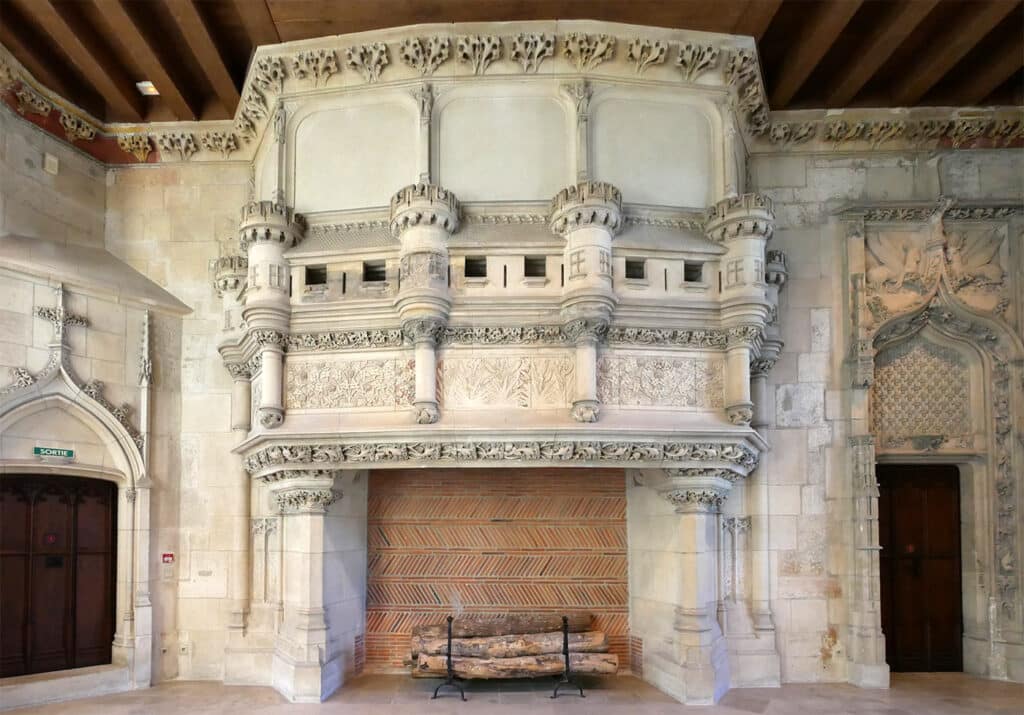
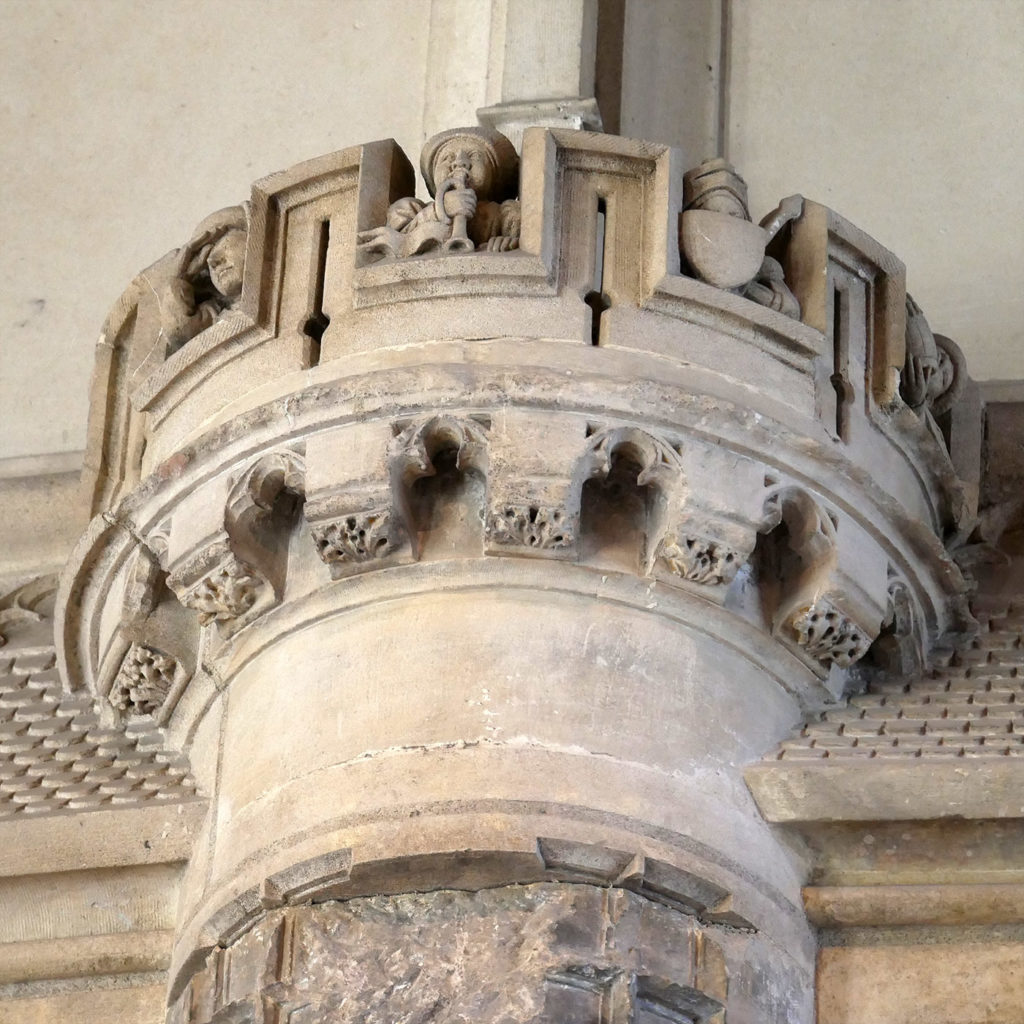
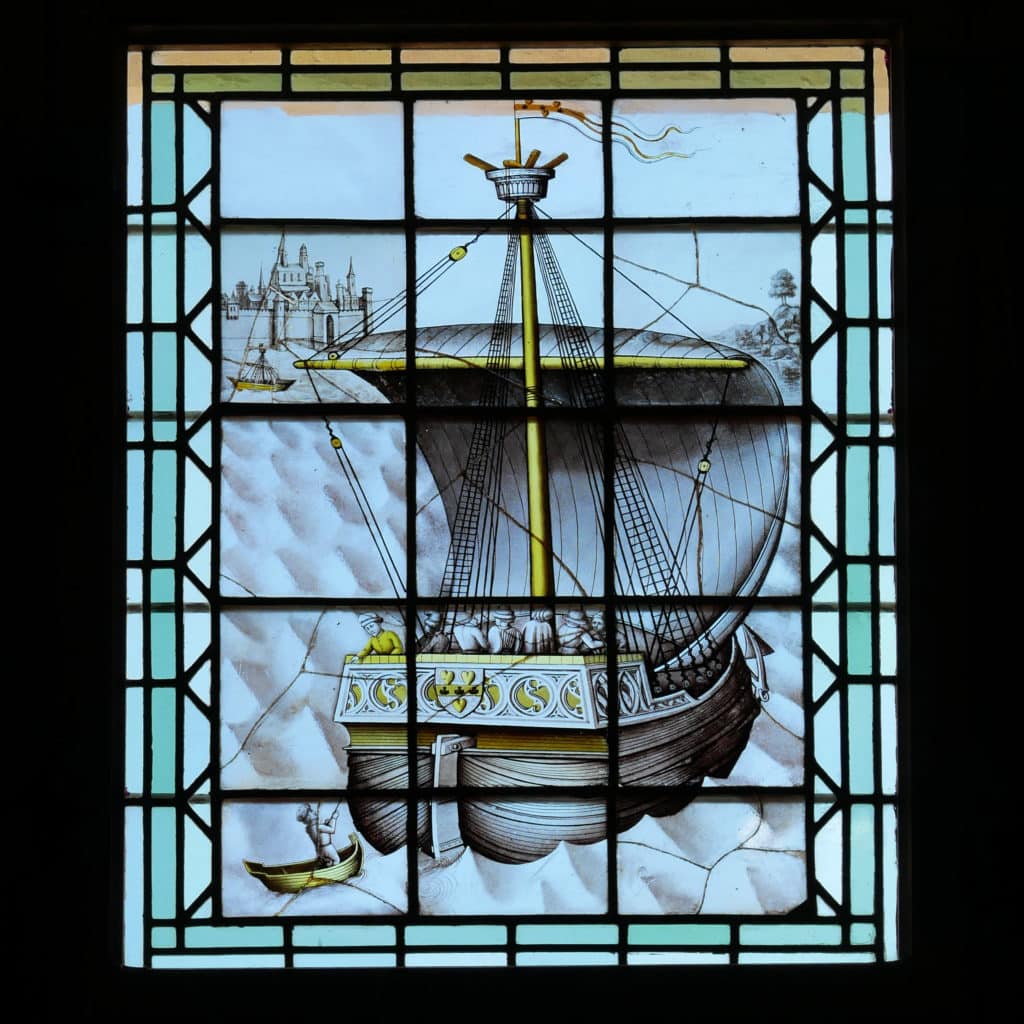
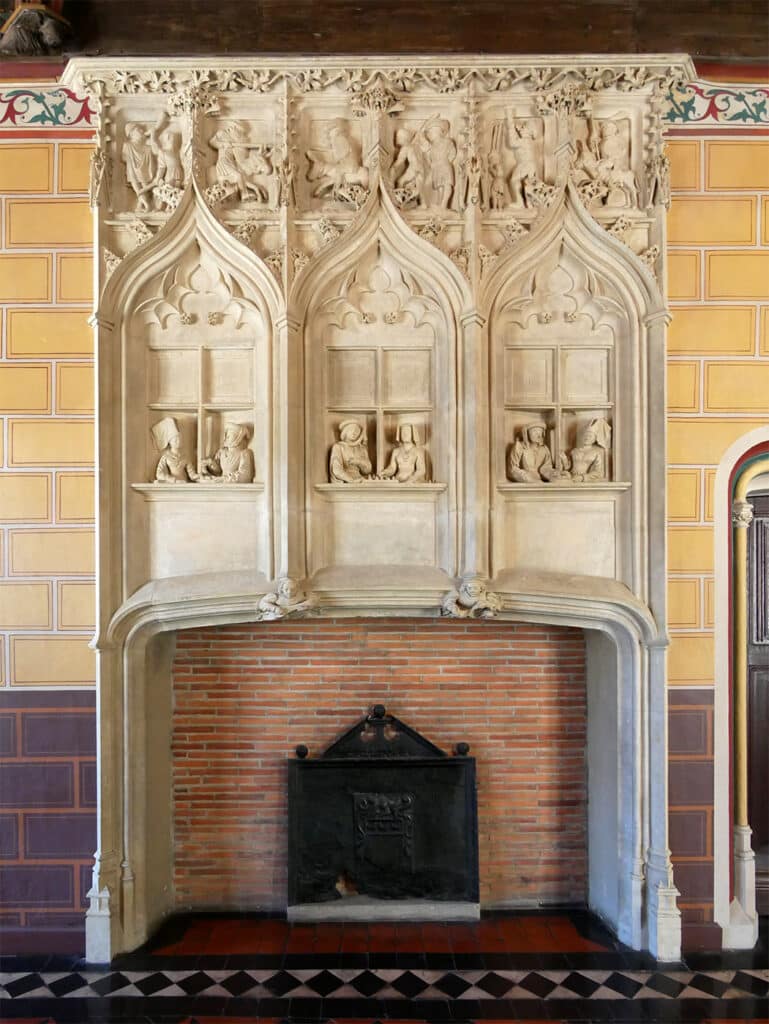

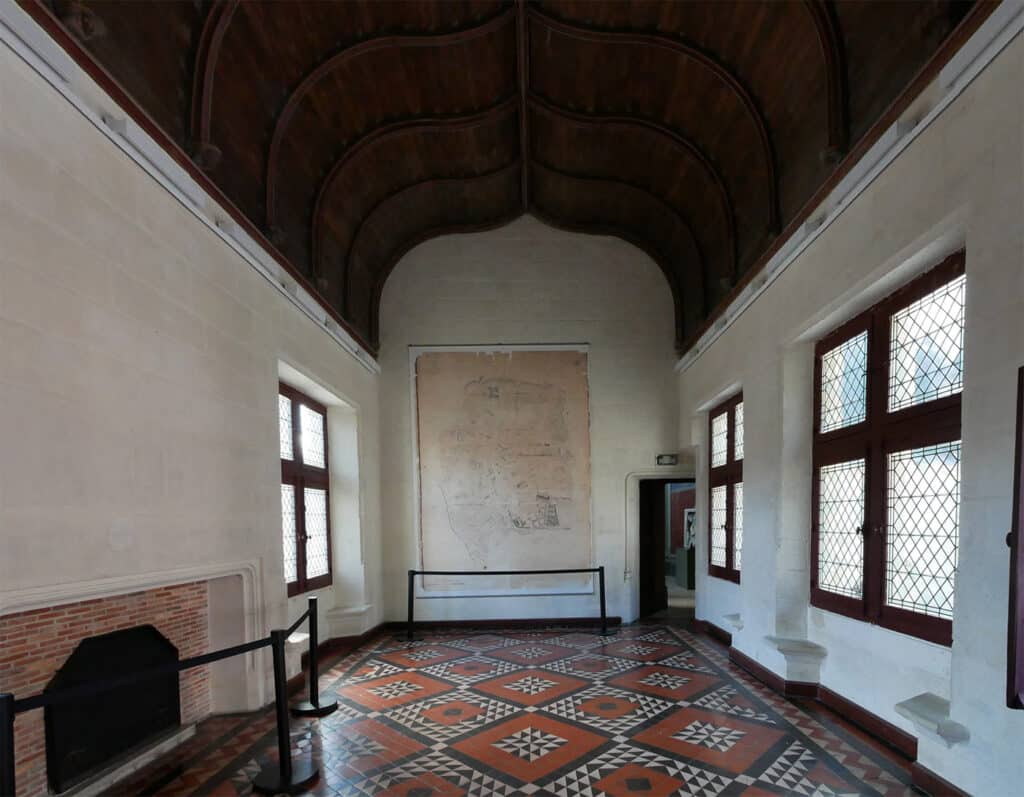
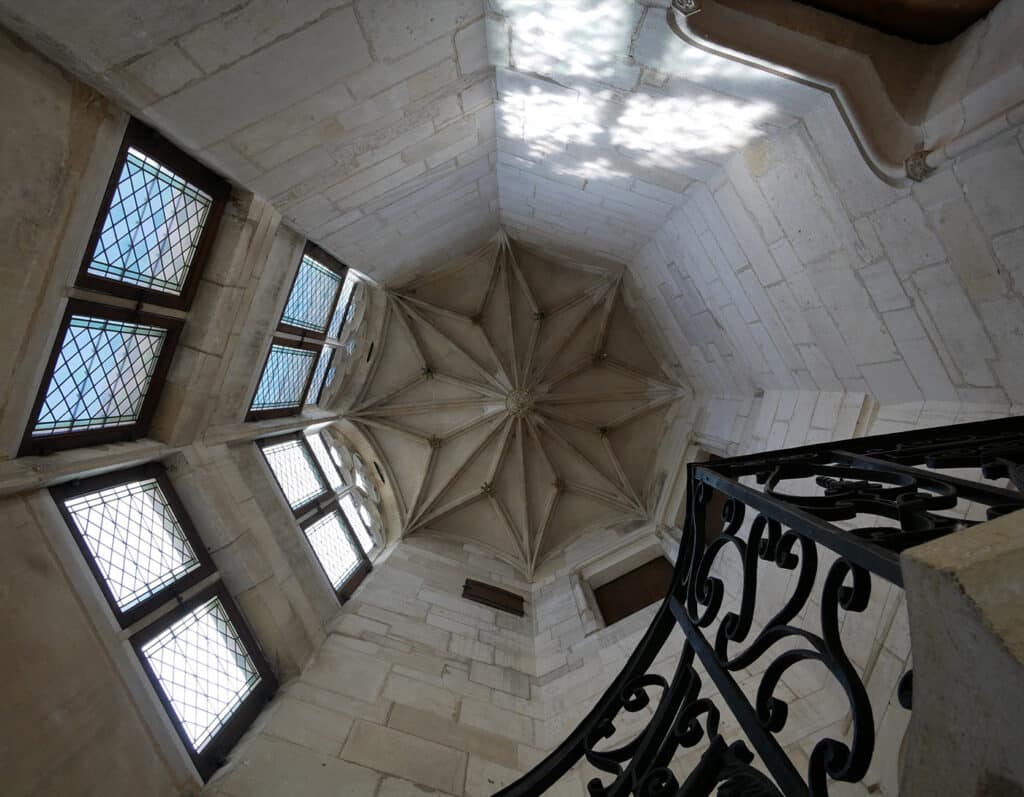
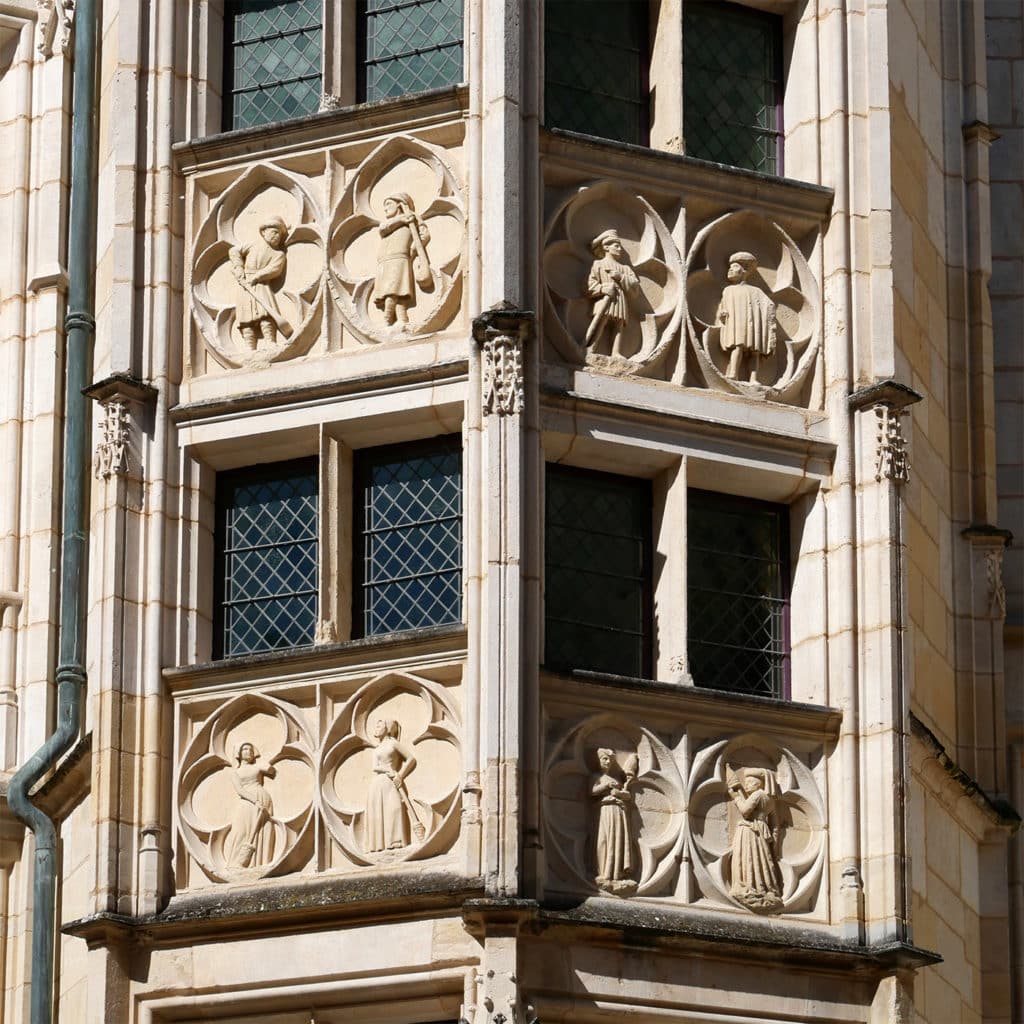
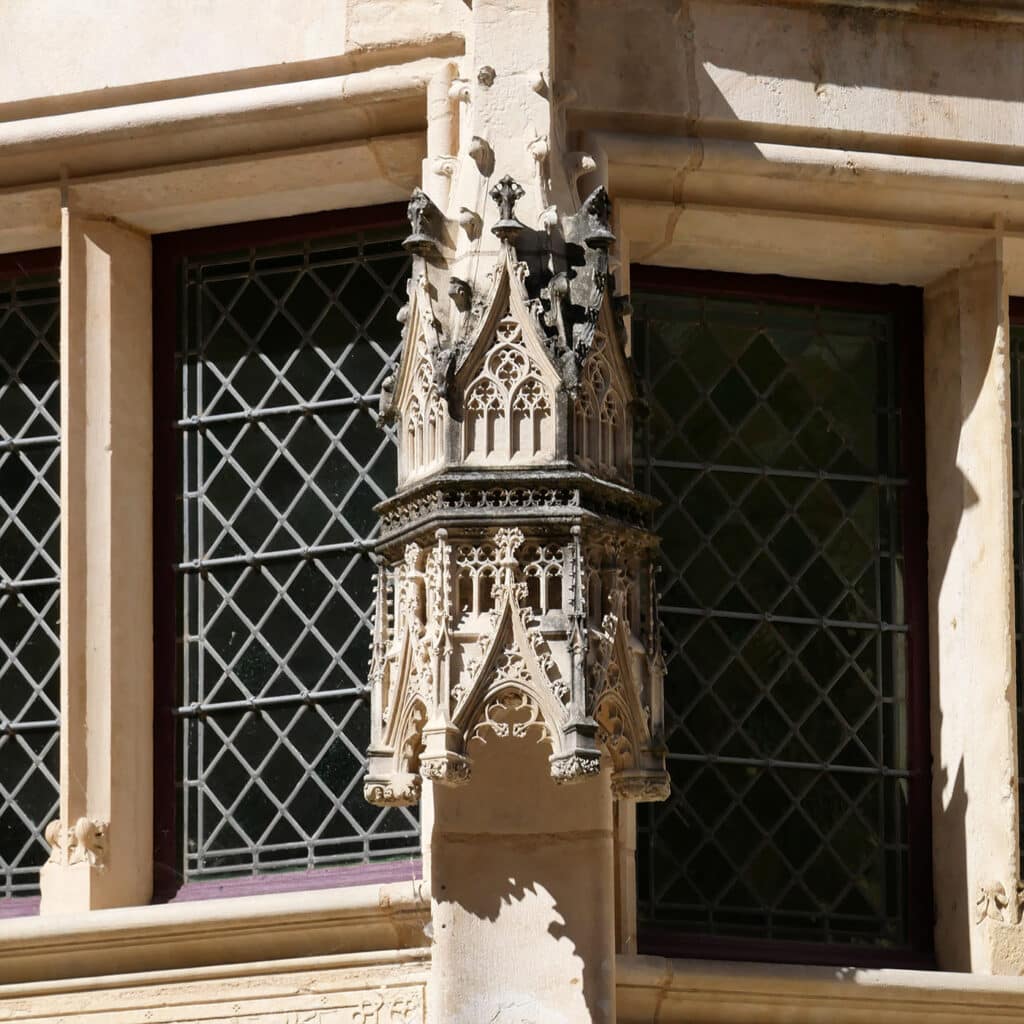

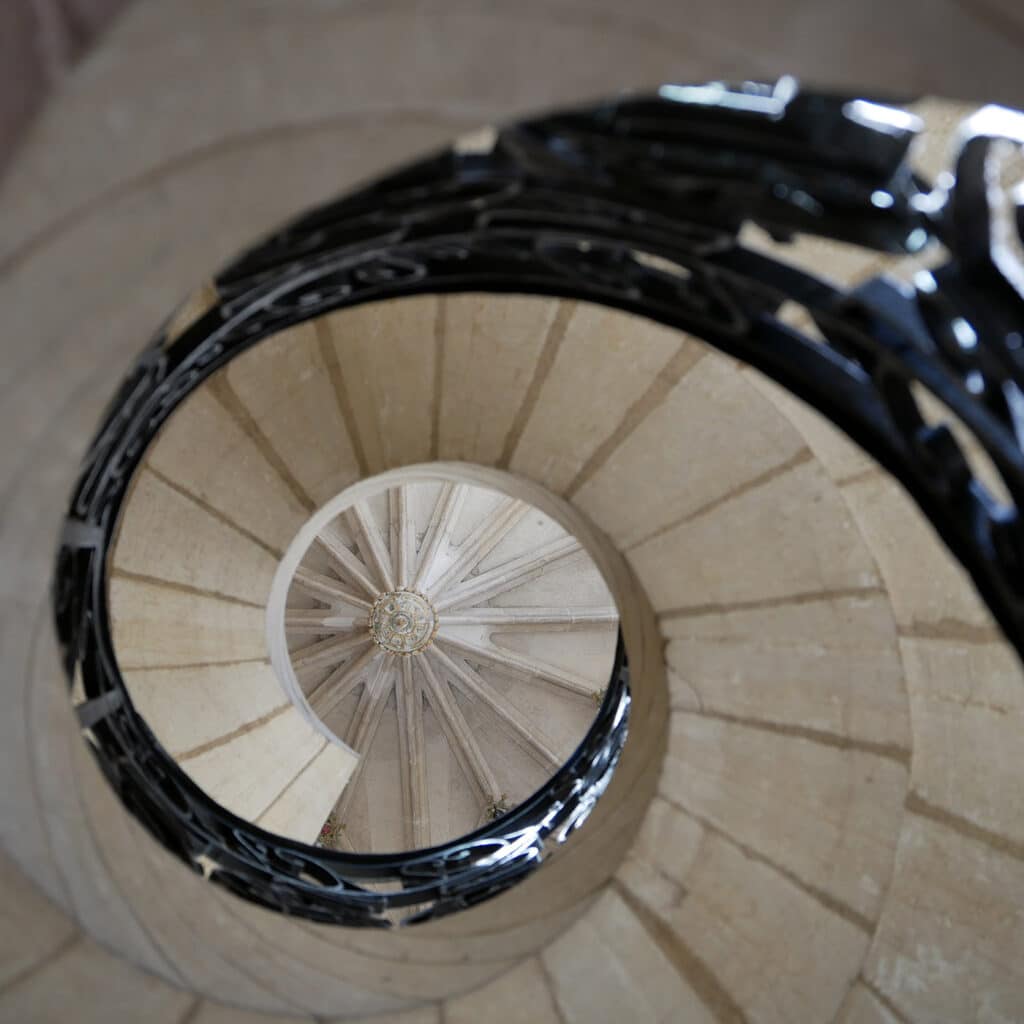
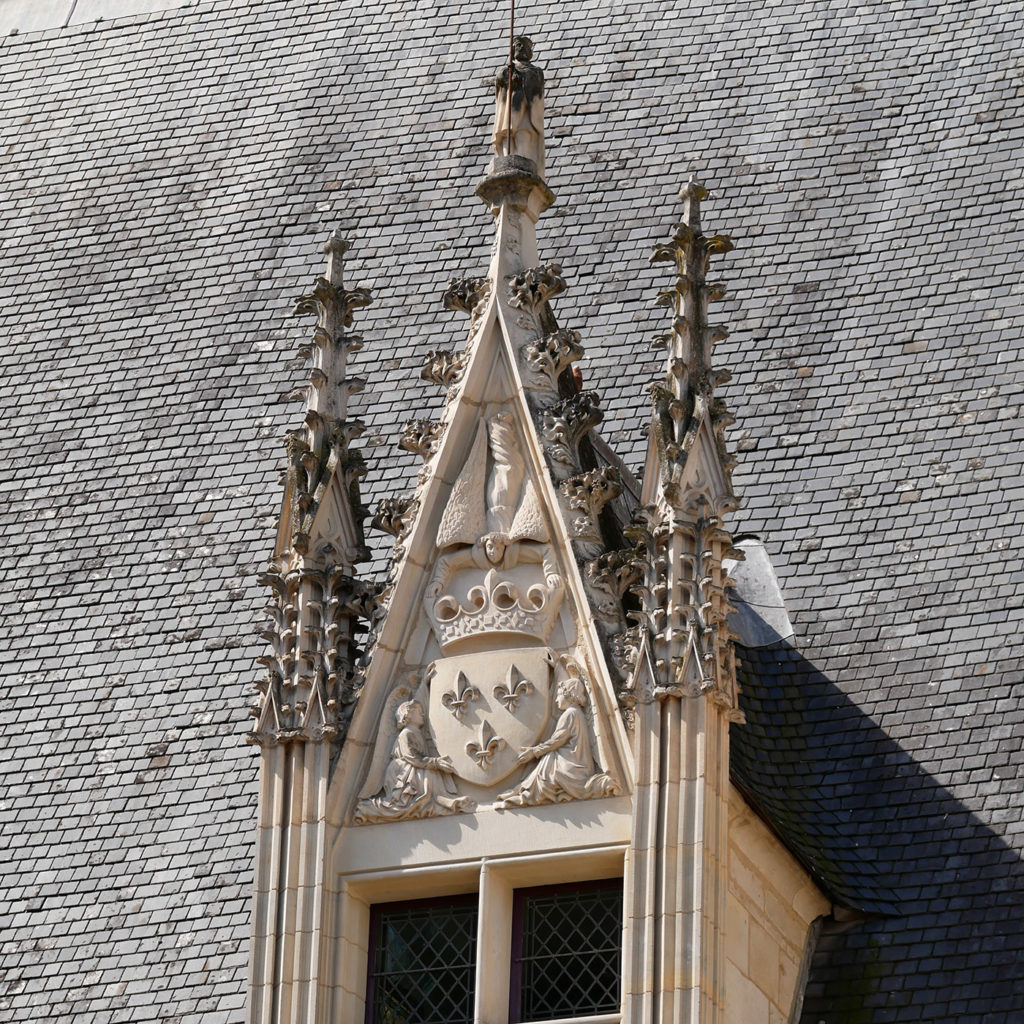
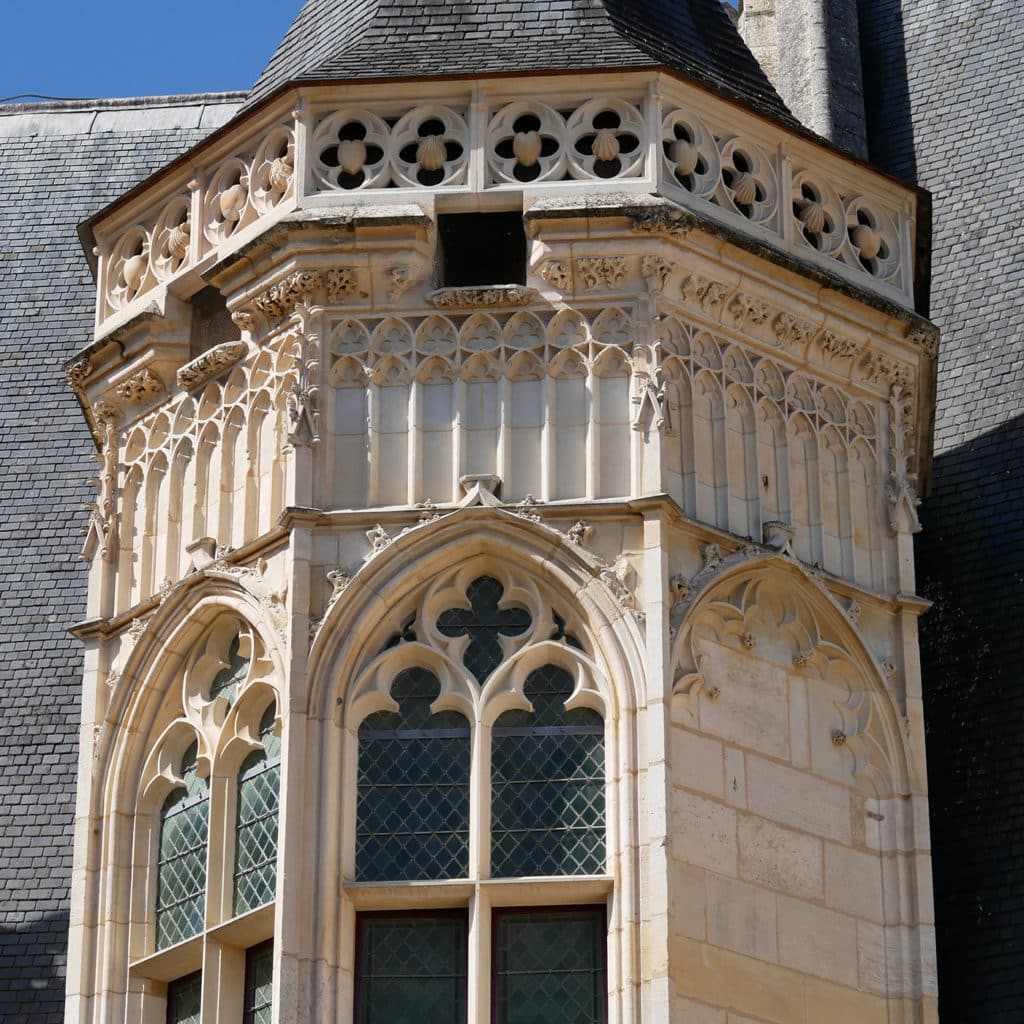

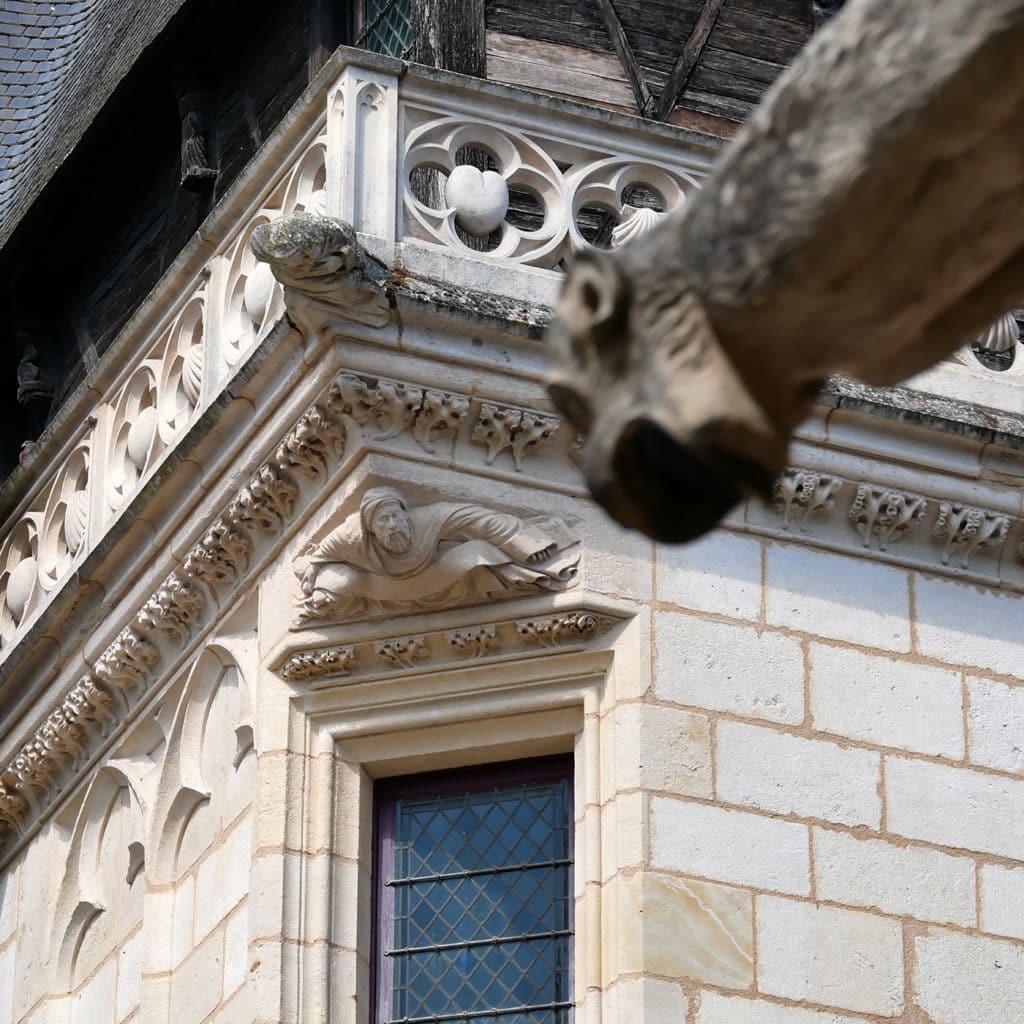


No Comments
Leave a comment Cancel